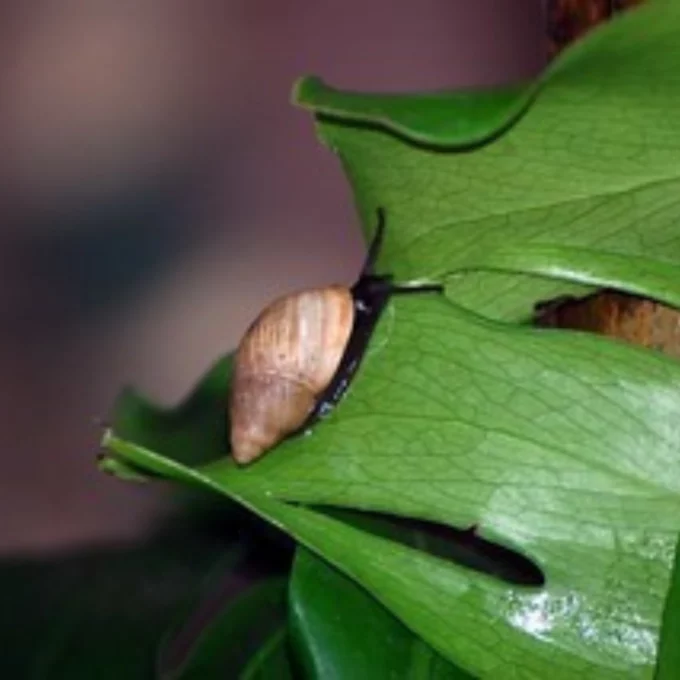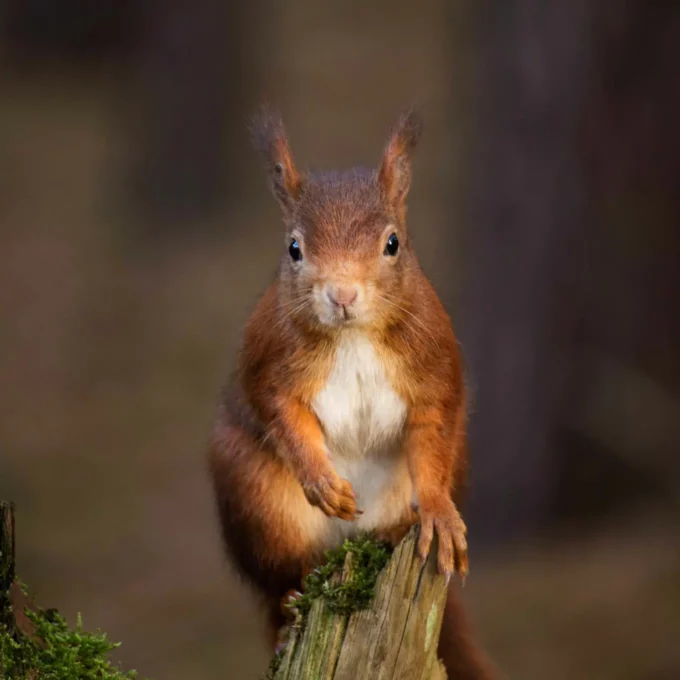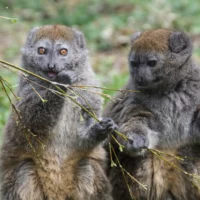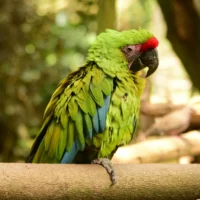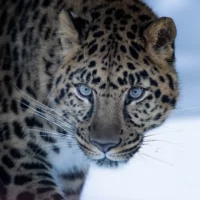Polynesian tree snails are one to two centimetres long at maturity, and at birth they are only 1.5 millimetres. As detritivores, they feed on dead or decaying organic matter, making them an important contributor to nutrient cycling. Their muscular foot secretes mucus which contains moisture-absorbing proteins, helping them stick to the undersides of leaves.
Fun fact – These snails are hermaphroditic, meaning they can self-reproduce if they don’t find a mate!
-
Ecology
-
Threats
The main cause of their extinction in the wild was predation by the carnivorous rosy wolf snail, which was introduced to control giant African land snails. The giant African land snails were originally intended as a human food source, but escaped and began damaging local crops. Rather than preying on African land snails, the rosy wolf snails ate the slower-moving Polynesian tree snails, driving them to extinction.
-
Conservation
As this species is now extinct in the wild, captive breeding is their only hope of survival. An international captive breeding programme has been set up in zoos across North America and Europe, with reintroductions planned in the Polynesian Islands. Further research is needed to find ways for them to coexist with the rosy wolf snail to make introductions successful. The samples stored by Nature’s SAFE may be a crucial part of improving the genetic diversity and the numbers of future Polynesian tree snail populations.

Fundraise for us
Sponsor a Fundraising Hero embarking on a challenge, or plan your own fundraiser to support us.
Get Started
Corporate participation
Explore opportunities to develop a corporate partnership with us.
Get Started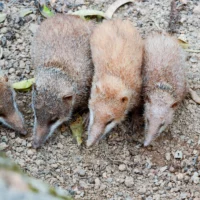
Lesser Madagascan tenrec
Total Population: Unknown
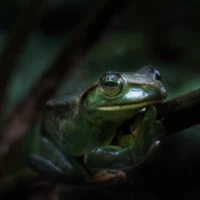
Fea’s tree frog
Total Population: Unknown
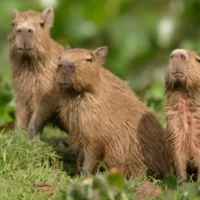
Capybara
Total Population: Unknown
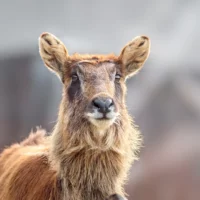
Nile Lechwe
Total Population: 30,000 - 40,000 in the wild
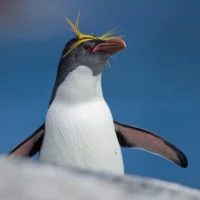
Macaroni Penguin
Total Population: Around 12 million
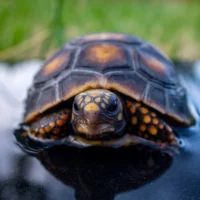
Red-footed tortoise
Total Population: Unknown
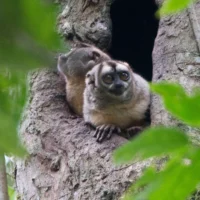
Spix’s night monkey
Total Population: Unknown
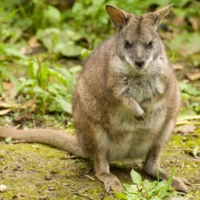
Parma Wallaby
Total Population: 1,000 - 10,000 in the wild
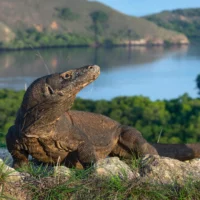
Komodo dragon
Total Population: Around 3,500 in the wild

Chimpanzee
Total Population: 170,000 - 300, 000 in the wild
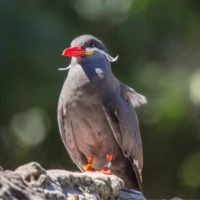
Inca Tern
Total Population: Around 150,000 in the wild
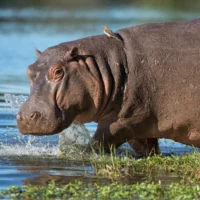
Common Hippo
Total Population: Less than 150,000 in the wild
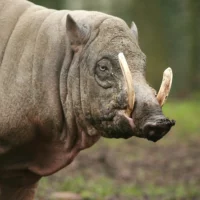
Babirusa
Total Population: Less than 10,000 in the wild
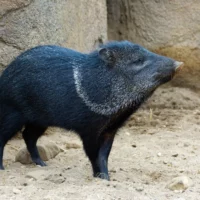
Collared peccary
Total Population: More than 2,000,000 in the wild
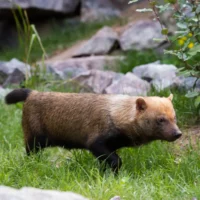
Bush dog
Total Population: Unknown
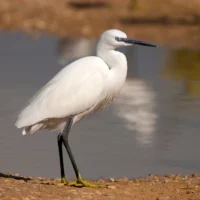
Little egret
Total Population: 660,000 to 3,150,000 in the wild
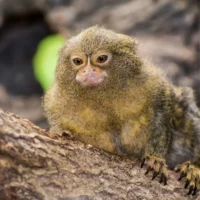
Pygmy marmoset
Total Population: Unknown
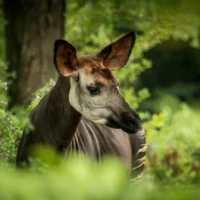
Okapi
Total Population: Less than 25,000 in the wild
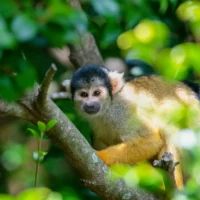
Bolivian squirrel monkey
Total Population: Unknown
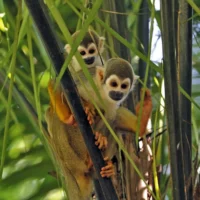
Guianan Squirrel Monkey
Total Population: Around 150,000 in the wild
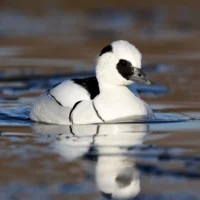
Smew
Total Population: Around 80,000 in the wild
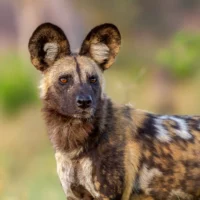
African wild dog
Total Population: Around 6,600 in the wild
